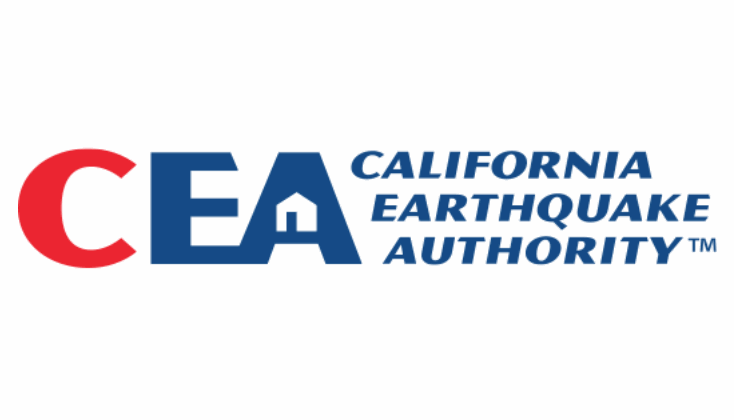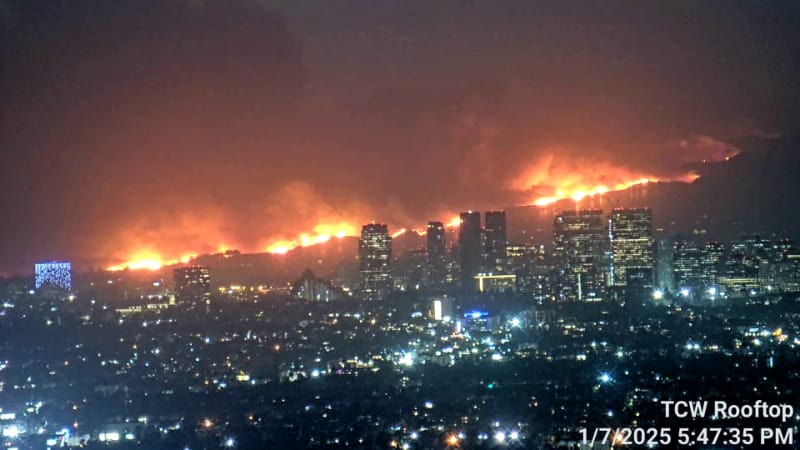Equity analysts at investment bank Berenberg believe the quantum of losses faced by the global insurance and reinsurance industry from the California wildfires may be both significant and unexpected enough to cause a firming of pricing.
 Drivers for this, on both reinsurance and primary sides, are the expectation that reinsurers have once again learned to push for payback after shouldering significant losses for their counterparties, while insurance pricing in the region devastated by the fires was seen as too low in the first place (for all of the regulatory reasons widely discussed).
Drivers for this, on both reinsurance and primary sides, are the expectation that reinsurers have once again learned to push for payback after shouldering significant losses for their counterparties, while insurance pricing in the region devastated by the fires was seen as too low in the first place (for all of the regulatory reasons widely discussed).
With industry loss estimates for the wildfires still in a particularly wide range, from as low as $15 billion to $30 billion and higher, top-ending at $50 billion from Downling currently, this catastrophic fire event threatens a relatively significant financial hit to the market at this early stage of the year.
Berenberg’s analyst team explains, “Insurance is a business where pricing is often adjusted after the event, as the loss cost is not known until after the coverage period ends. This means that, after a severe event – like the California wildfires – insurance rates would be expected to rise to help cover for the unexpected rise in claims.”
The analysts believe the share price reactions have been overdone in some cases, but that the overall financial impact to re/insurance carriers is going to be significant enough to cause a change in pricing trajectory, at least a halt to any declines, perhaps some firming.
There is a clear need for risk commensurate, or risk adequate, rates to be charged by primary insurance carriers in peak catastrophe exposed zones, such as California wildfire regions.
Regulation needs to work around this premise, that carriers must be adequately compensated for taking on risk, or they will exit those regions, as has been seen in California. Artificially suppressing rates by forcing carriers to operate in an unsustainable manner just can’t work in a volatile world.
After an event like this, its natural insurance costs will rise at the primary end of the market. They were likely to rise in the affected region even before the fires, given the recent enactment of laws to allow forward-looking catastrophe models to be used for the first time to price California risks, while also allowing reinsurance costs to be factored in.
Insurers too seek payback of sorts when major loss events occur, as they must keep rates commensurate with a developing view of risk.
Reinsurance capital providers, meanwhile, seek payback and update their views of risk as well, which will certainly raise pricing for coverage against wildfire losses in California after this event, but perhaps also more widely in property catastrophe risks.
Berenberg’s analyst team discusses some of the companies under their coverage (in this case Zurich, SCOR and Conduit Re) and say, “Our main assumption is that each of these three stocks has the solvency to renew coverage at the higher prices that are likely to be achieved following this event. We believe that the three insurers will likely achieve full recovery of the loss, whereas implicit in the current share prices is the assumption by the market that they will not, and that the wildfires will not repeat the historical loss recovery pattern.”
On Zurich they estimate a $200 million loss, with $100 million for Farmers and the other half for its commercial book and say, “Zurich’s 224% last reported solvency (Q3 2024 Swiss Solvency Test ratio) is well above its 160% target minimum, and this means that Zurich can continue underwriting California risks and benefit from the likely rise in pricing after the wildfires.”
On SCOR, a loss of EUR50m is estimated and they say, “SCOR’s 203% last reported solvency (Q3 2024 Solvency II
ratio) is in the upper half of its 185-220% target range, and this means that SCOR can continue underwriting California risks and benefit from the likely rise in pricing after the wildfires.”
On Conduit Re, they estimate a possible wildfire loss of $30 million, explaining, “Conduit Re’s 381% last reported solvency (FY 2023 Bermuda Solvency Capital Requirement Ratio) is well above the top end of its 200-300% target range, and this means that Conduit Re can continue underwriting California risks and benefit from the likely rise in pricing after the wildfires.”
Adding that, “We believe that each insurer has sufficient solvency to continue underwriting California wildfires and to potentially benefit from the subsequent firming in pricing that we believe is likely.”
Based on an estimate that the wildfires will cause similar levels of insured losses to hurricane Helene, private insured estimated up to $15 billion by some cat modellers, while as we reported yesterday the public NFIP loss is now estimated by FEMA at $6.75 billion, Berenberg’s analysts say the share price declines seen for these firms is overdone and they now believe there is a significant buying opportunity for the stocks.
Whether the firming of insurance plays across into property catastrophe reinsurance markets with any significance remains to be seen. It is notable that two of the companies the Berenberg analysts are commenting on are global reinsurers.
But, such a loss event occurring at an early stage of the year may put some reinsurance capital providers on high-alert for the rest of 2025, eating a proportion of their catastrophe budgets for the rest of this year.
This could have a moderating effect on the reinsurance softening seen at the January renewals, for future renewal seasons, although with the reinsurance and insurance-linked securities (ILS) markets still very well-capitalised, it’s uncertain how meaningful this will be at this stage.
Also read:
– BMS says LA wildfire insured losses likely to exceed $25bn. KBW analyses up to $40bn.
– Autonomous raises its LA wildfire loss estimate to $25bn, $18bn from Palisades fire.
– California wildfires: Subrogation topic raised, as utilities come into focus.
– ICEYE satellite analysis: Over 10,900 buildings likely destroyed in Palisades and Eaton fires.
– Catastrophe bond price movements due to LA wildfire exposure.
– Evercore ISI: LA wildfire insured loss $20bn-$25bn. Could be one event under reinsurance.
– LA wildfire losses to “notably exceed” $10bn, could approach $20bn: Gallagher Re.
– Mercury says LA wildfire losses to exceed reinsurance retention.
– LA fires: “Considerable attachment erosion” likely for some aggregate cat bonds – Steiger, Icosa.
– LA wildfires: Over 10k structures destroyed. Insured losses up to ~$20bn, economic $150bn.
– LA wildfire losses unlikely to significantly affect cat bond market: Twelve Capital.
– LA wildfires unlikely to cause meaningful catastrophe bond impact: Plenum Investments.
– JP Morgan analysts double LA wildfire insurance loss estimate to ~$20bn.
– LA wildfires: Analysts put insured losses in $6bn – $13bn range. Economic loss said $52bn+.
– LA wildfires bring aggregate cat bond attachment erosion into focus: Icosa Investments.





















 English (US) ·
English (US) ·